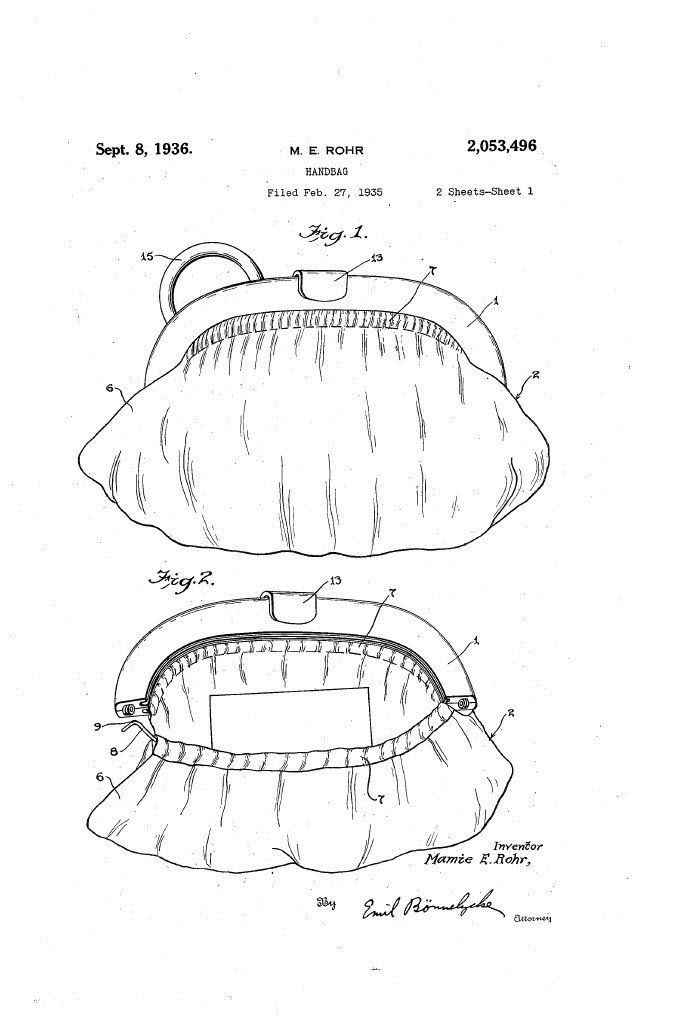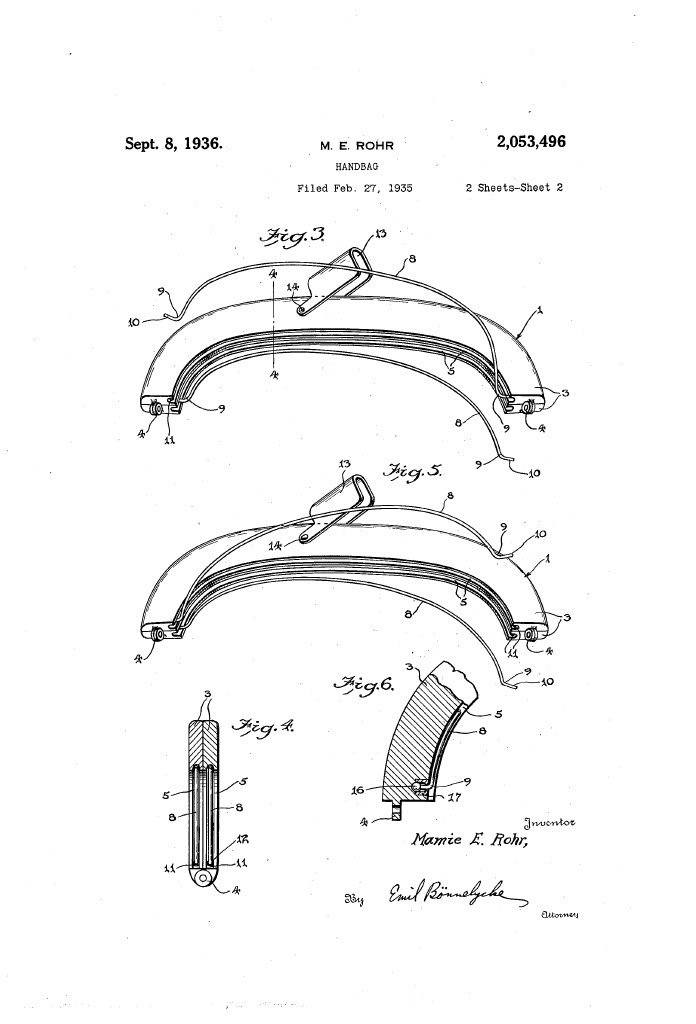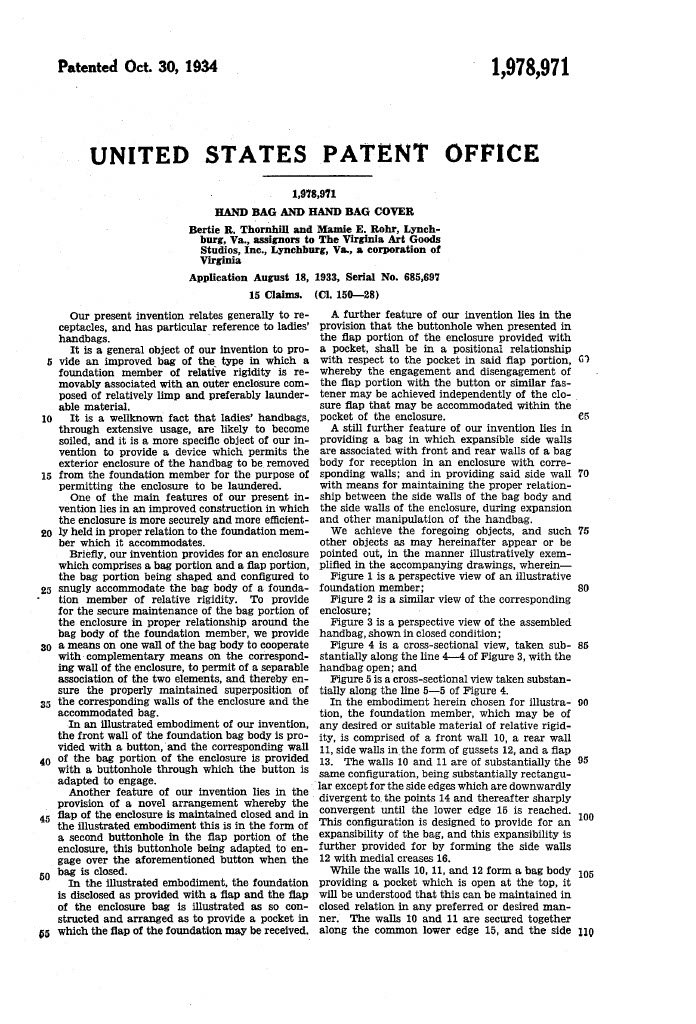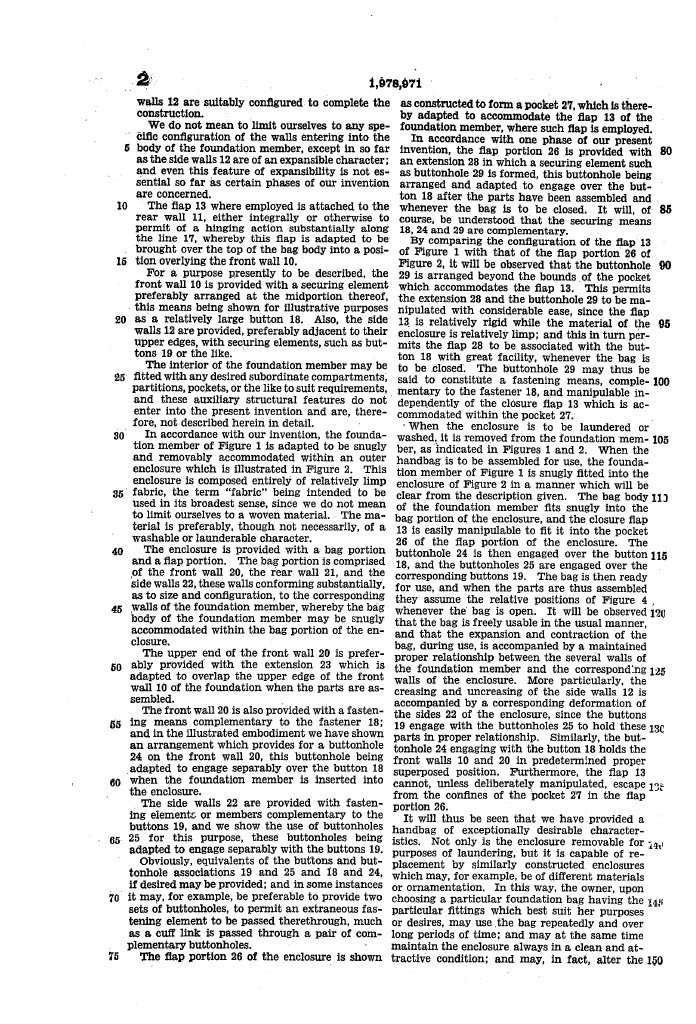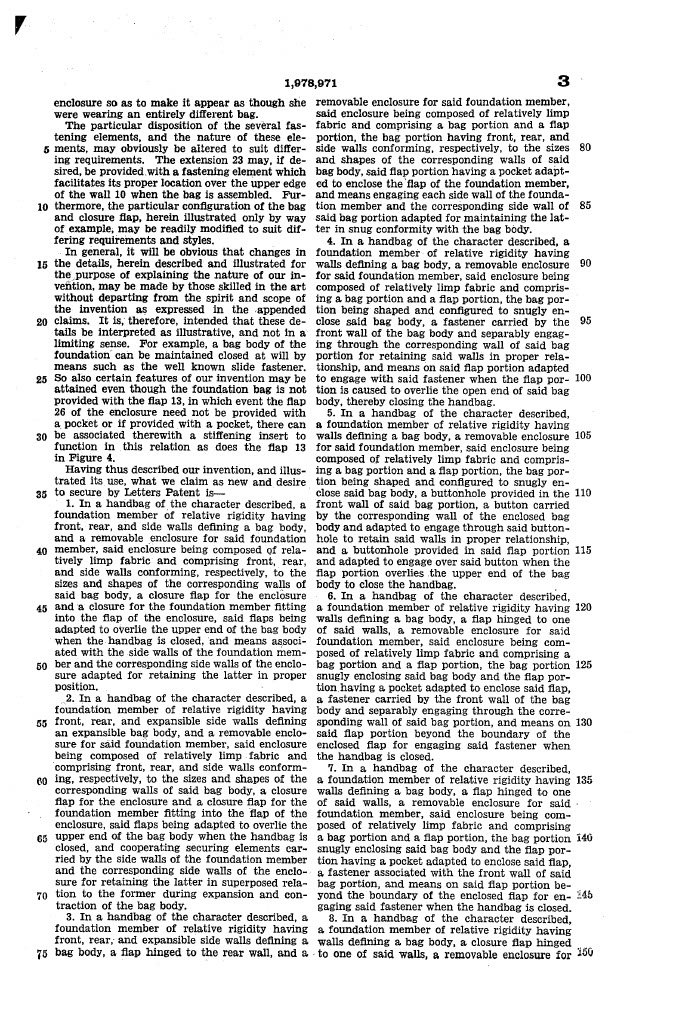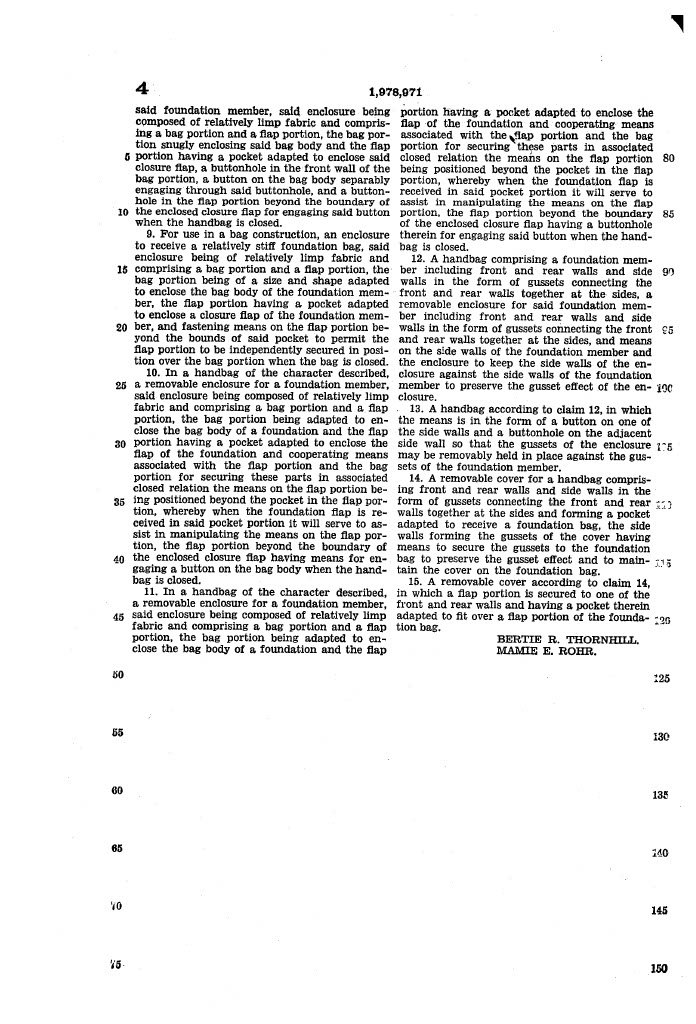The Virginia Art Goods Studios
By Laura Crowe, Museum Experience Leader
The Lynchburg Museum’s Art & Artisans gallery has recently been updated with a new exhibit highlighting a selection of works in local artistry and craftsmanship ranging from portraits to purses to foundry-cast ducks. The exhibit includes objects of both visual and historic interest and celebrates some of Lynchburg’s most notable artists, craftspeople, and industries, including the Virginia Art Goods Studios.
Art & Artisans Gallery, Lynchburg Museum
The Virginia Art Goods Studios, Inc., was a remarkable partnership between two sisters that resulted in a successful, nationally recognized handbag studio founded and operated out of Lynchburg, Virginia. The business was organized in 1926, and operated until 1958. Its founders were sisters Mamie E. Rohr (1879-1965) and Roberta “Bertie” Rohr Thornhill (1884-1965). Mamie Rohr attended Randolph-Macon Woman’s College in Lynchburg and received her master’s degree from Columbia University, teaching at several institutions, including the State Teachers College (now Longwood University), before delving into the handbag business with her sister. The earliest conception of their business began when Mamie Rohr, while working as an educator, began making small purses of her own design as gifts for friends.
The popularity of Mamie Rohr’s first purses among friends and acquaintances led the entrepreneurial Bertie Thornhill to commission the Lynchburg Pennant Factory to make a thousand of their bags to sell in local stores. After tremendous early success the sisters officially went into business in 1926 as the Virginia Art Goods League, Inc. with Mamie Rohr as president and treasurer, and Roberta Thornhill as vice president and secretary. Another woman, Frances W. Oglesby, also sat on the board of directors. In 1927 they changed their name to the one by which they became best known: Virginia Art Goods Studios, Inc. Neither of the sisters had previous experience in the industry, but with their innovative designs and quality craftsmanship they quickly found an eager customer base, first locally, then nationally.
“Virginia Art,” VOGUE Magazine, October 1, 1937
Reprinted from the Vogue Archive https://archive.vogue.com/article/19371001240
Rohr, Mamie E., Handbag. US Patent 2,053,496, Filed Feb. 27 1935, and issued Sept. 8, 1936. https://patents.google.com/patent/US2053496A/en?oq=2053496
In a matter of just a few years, Virginia Art Goods Studios became a well-established business. In their early years they gained traction selling in stores in Miami and Miami Beach, where Mamie Rohr spent her winters. An article written by the editor of a New York City-based gift magazine also helped them gain a footing in that city. By 1930, the company had a New York office on Fifth Avenue and employed 10 full-time traveling sales representatives. Virginia Art Goods also operated a West Coast office and showroom in San Francisco. “Virginia Art” bags were advertised locally as well as in leading fashion magazines like Harper’s Bazaar and Vogue (seen on the left). In Lynchburg, the company had a storefront called the Virginia Art Bag Shop at 206 8th Street, which was open throughout the 1920s and ‘30s and managed by Louise H. Peters.
During their years of operation, Mamie Rohr and Bertie Thornhill patented a number of their handbag designs. This included their popular slipcover purses, which were the first of their kind. These purses were designed with removable covers, which could be swapped out. This allowed for one purse to become multifunctional as well as launderable. Many of the Virginia Art purses feature eye-catching designs in both fabrics and leather.
Thornhill, Bertie R., and Mamie E. Rohr. Handbag and Handbag Cover. US Patent 1,978,971, Filed Aug. 18, 1933, and issued Oct. 30, 1934. https://patents.google.com/patent/US1978971A/en?oq=1978971
Throughout the company’s years of operation it remained a women-owned and operated business, and was perhaps one of the only women-owned handbag manufacturers in existence at the time. The Virginia Art Goods Studio’s workforce also consisted of a high percentage of female employees. In the early years of the company, Mamie Rohr credited some of the popularity of their handbags to the fact that they were created by female designers who had a superior understanding of the wants and needs of their customer base.
The Virginia Art Goods Studio factory was primarily operated out of “The Folly,” a residence built in the 1860s on Church Street by Lynchburg tobacconist Maurice Moore, which the company acquired in 1927. The building suffered fire damage in 1932 when the next door Percy House (also owned by the Virginia Art Goods Studio) burned down. During renovations an annex was added to the building. The company operated out of the Loft Building at 1829 14th Street in their first year of business, as well as from 1939-42. Over the next 20-30 years, the company employed 100-200 workers, fluctuating with seasonal employment. In the image below, 87 workers pose in front of their Church Street “studio.” The women standing in the doorway near the center are believed to be Mamie Rohr (right) and Bertie Thornhill (middle). The man on the left may be Bertie Thornhill’s son, Jesse Stephen Thornhill (1918-2005), who held several positions with the company, including vice president. The brunette woman wearing the light-colored dress also standing in front of the doorway was identified by Mrs. Jean Erle as Lois Overstreet.
Virginia Art Goods Studio Employees in Front of “The Folly,” ca. 1940
Gift of Mrs. James Wright, 96.26.1
(Detail) Virginia Art Goods Studio Employees in Front of “The Folly,” ca. 1940
Gift of Mrs. James Wright, 96.26.1
For more than 30 years, the Virginia Art Goods Studios produced handbags that were worn and treasured by people across the country. After many years of success, the sisters retired and sold their business in 1956 to a New York businessman named Irving Freidman. While Bertie Thornhill’s son J. Steven Thornhill did remain as vice-president and manager, under its new ownership the company soon ceased production, bringing the company’s history to a final close in 1958.
Virginia Art Goods Studios remains one of Lynchburg’s most interesting businesses of the 20th century.



